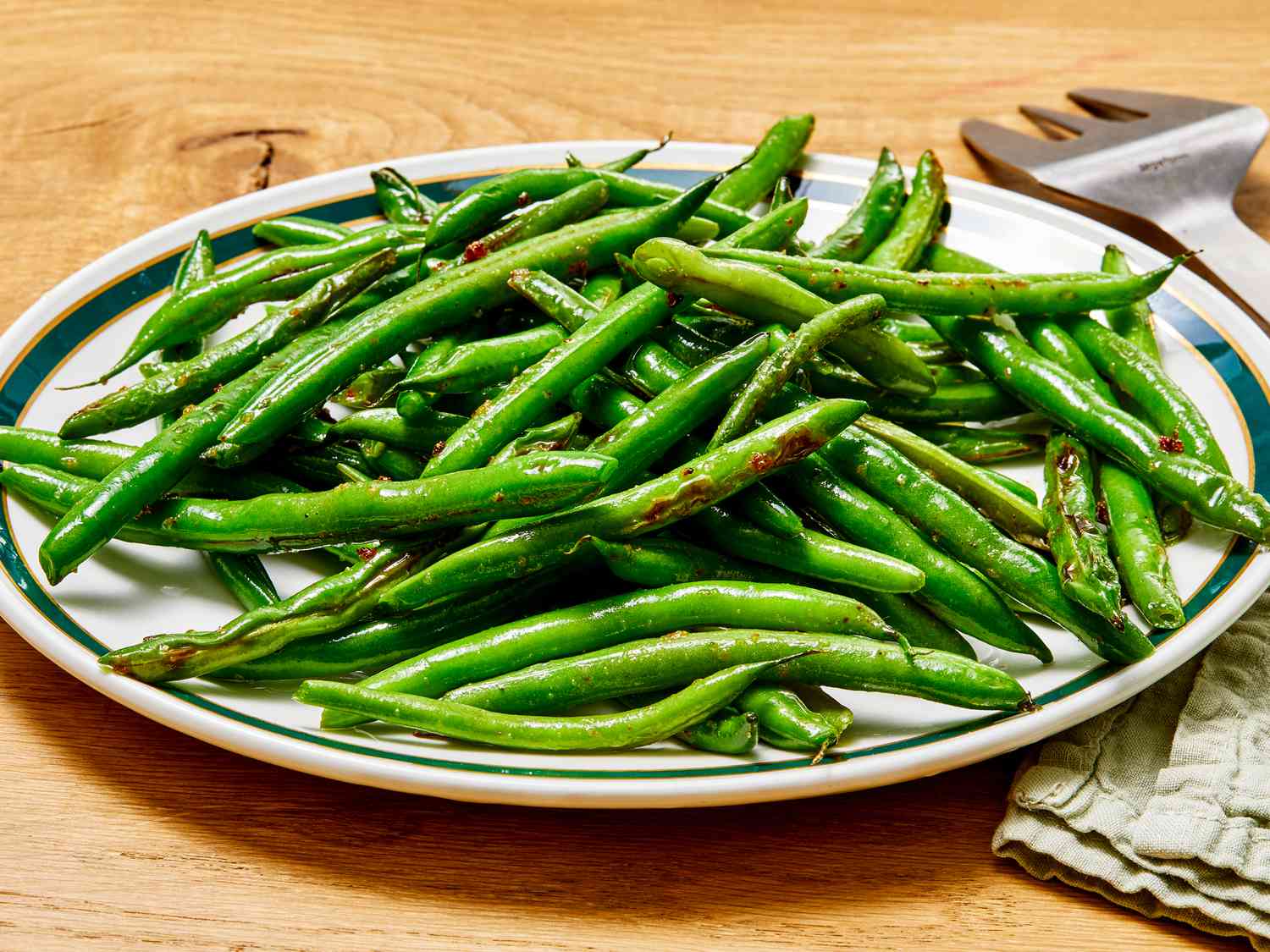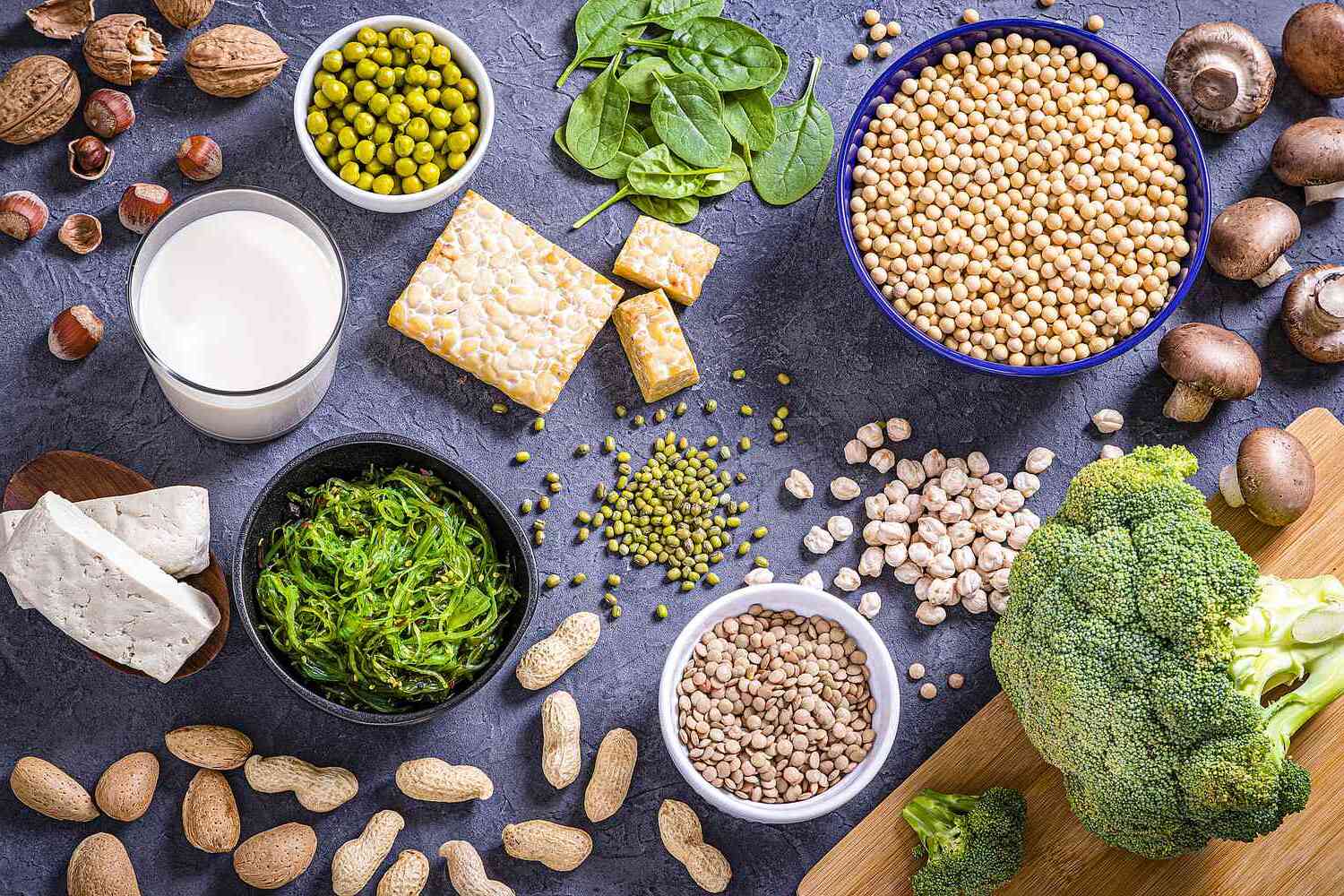
Green beans, also known as string beans or snap beans, are a popular vegetable with a rich history and numerous health benefits. These vibrant, elongated pods are a staple in many cuisines around the world and are loved for their crisp texture and fresh flavor.
Whether you enjoy them steamed, sautéed, or included in a delicious stir-fry, green beans are a versatile ingredient that can be easily incorporated into a wide range of dishes. But aside from their culinary appeal, green beans also offer a host of fascinating facts that make them even more interesting.
In this article, we will explore 12 intriguing facts about green beans, shedding light on their origins, nutritional value, and unique characteristics. So, let’s delve into the world of green beans and discover some surprising insights about this beloved vegetable.
Key Takeaways:
- Green beans, also known as snap beans or string beans, are packed with essential nutrients, low in calories, and high in fiber, making them a healthy and versatile vegetable for various recipes and diets.
- Green beans are a rich source of vitamins, minerals, antioxidants, and plant-based protein. They can be enjoyed raw or cooked, and are a staple in traditional cuisines around the world.
Green beans are also known as snap beans or string beans.
Green beans are one of the most popular vegetables and are enjoyed around the world. They are commonly referred to as snap beans due to the satisfying sound they make when snapped in half. Another common name for green beans is string beans, though most modern varieties no longer have the fibrous string running along their seams.
Green beans are a rich source of vitamins and minerals.
Green beans are packed with essential nutrients, including vitamins A, C, and K, as well as minerals like potassium, iron, and calcium. These nutrients play a vital role in maintaining overall health and well-being.
Green beans are low in calories and high in fiber.
If you’re watching your calorie intake, green beans are an excellent choice. They are low in calories but high in dietary fiber, which helps keep you feeling full and assists with digestion.
Green beans come in different varieties.
There are multiple varieties of green beans, including the common green bean, yellow wax beans, and purple beans. Each variety has its own unique flavor profile and visual appearance.
Green beans can be enjoyed raw or cooked.
Green beans can be eaten raw, added to salads for a crunchy texture, or cooked in various ways, such as steaming, sautéing, or stir-frying. They are a versatile vegetable that can be incorporated into a wide range of recipes.
Green beans are a great source of plant-based protein.
For those following a vegetarian or vegan diet, green beans are an excellent source of plant-based protein. They contain amino acids that are essential for maintaining and repairing body tissues.
Green beans are an excellent source of antioxidants.
Green beans contain powerful antioxidants like beta-carotene and lutein, which help protect the body against free radicals. Antioxidants play a crucial role in maintaining overall health and reducing the risk of chronic diseases.
Green beans are a good source of folate.
Folate, also known as vitamin B9, is essential for the production and maintenance of new cells in the body. Green beans are a natural source of folate and can help support healthy cell growth and development.
Green beans can be preserved through canning or freezing.
If you have an abundance of green beans, you can preserve them for later use. Canning and freezing are common methods to ensure you can enjoy the fresh taste of green beans throughout the year.
Green beans are commonly used in traditional dishes around the world.
Green beans are a staple in many traditional cuisines, including French, Italian, Chinese, and Indian. They are often used in stir-fries, casseroles, salads, and side dishes.
Green beans thrive in warm climates.
Green beans are heat-loving plants that thrive in warm climates. They are often grown during the summer months and require plenty of sunlight to produce a bountiful harvest.
Green beans are easy to grow in home gardens.
If you have a green thumb, you can easily grow green beans in your own backyard. They are relatively low maintenance and can be a rewarding addition to any home garden.
Explore the Versatility of Green Beans
Now that you know 12 fascinating facts about green beans, it’s time to explore the incredible versatility of this nutritious vegetable. Whether you enjoy them raw in a salad or cooked in a delicious stir-fry, green beans are a culinary delight that can be enjoyed in countless ways. So grab a bunch of fresh green beans and get ready to savor their vibrant flavors and health benefits.
Conclusion
Green beans, also known as string beans or snap beans, are a nutritious and delicious vegetable that is widely enjoyed around the world. These slender green pods are packed with vitamins, minerals, and fiber, making them a great addition to any diet.
Whether you prefer them steamed, sautéed, or cooked in a stir-fry, green beans offer a range of health benefits. They can help support digestive health, boost the immune system, and provide antioxidants to fight off free radicals. Additionally, they are low in calories and fat, making them a great option for those watching their weight.
Next time you’re at the grocery store or farmer’s market, be sure to pick up a fresh bag of green beans and give them a try. Your taste buds and your body will thank you!
FAQs
1. Are green beans good for weight loss?
Yes, green beans can be beneficial for weight loss. They are low in calories and fat, while still providing a good amount of fiber and nutrients.
2. Can I eat green beans raw?
Yes, green beans can be eaten raw, although they are more commonly cooked or steamed to enhance their flavor and texture.
3. How should I store green beans?
To keep green beans fresh, store them in a plastic bag in the refrigerator. They should be consumed within a few days of purchase.
4. Are green beans a good source of vitamins and minerals?
Absolutely! Green beans are rich in vitamins such as vitamin C, vitamin A, and vitamin K. They also provide minerals like potassium and manganese.
5. Are green beans suitable for individuals with diabetes?
Yes, green beans can be a good choice for individuals with diabetes. They have a low glycemic index, which means they have a minimal impact on blood sugar levels.
6. Can green beans be frozen?
Yes, green beans can be blanched and frozen for later use. This is a great option to preserve their freshness and enjoy them during the off-season.
7. Do green beans have any known allergies?
While allergies to green beans are rare, some individuals may be sensitive to legumes in general. If you have a legume allergy, it’s best to consult with a healthcare professional before consuming green beans.
Green beans' versatility extends beyond simple side dishes. Casseroles featuring this nutritious vegetable offer a comforting, flavorful option for family dinners. Gardeners and plant enthusiasts can explore the unique characteristics of green bean plants, from their climbing habits to their beautiful flowers. For those seeking more lighthearted green bean content, a collection of fun facts awaits, promising to entertain and educate readers with trivia about this beloved vegetable.
Was this page helpful?
Our commitment to delivering trustworthy and engaging content is at the heart of what we do. Each fact on our site is contributed by real users like you, bringing a wealth of diverse insights and information. To ensure the highest standards of accuracy and reliability, our dedicated editors meticulously review each submission. This process guarantees that the facts we share are not only fascinating but also credible. Trust in our commitment to quality and authenticity as you explore and learn with us.


